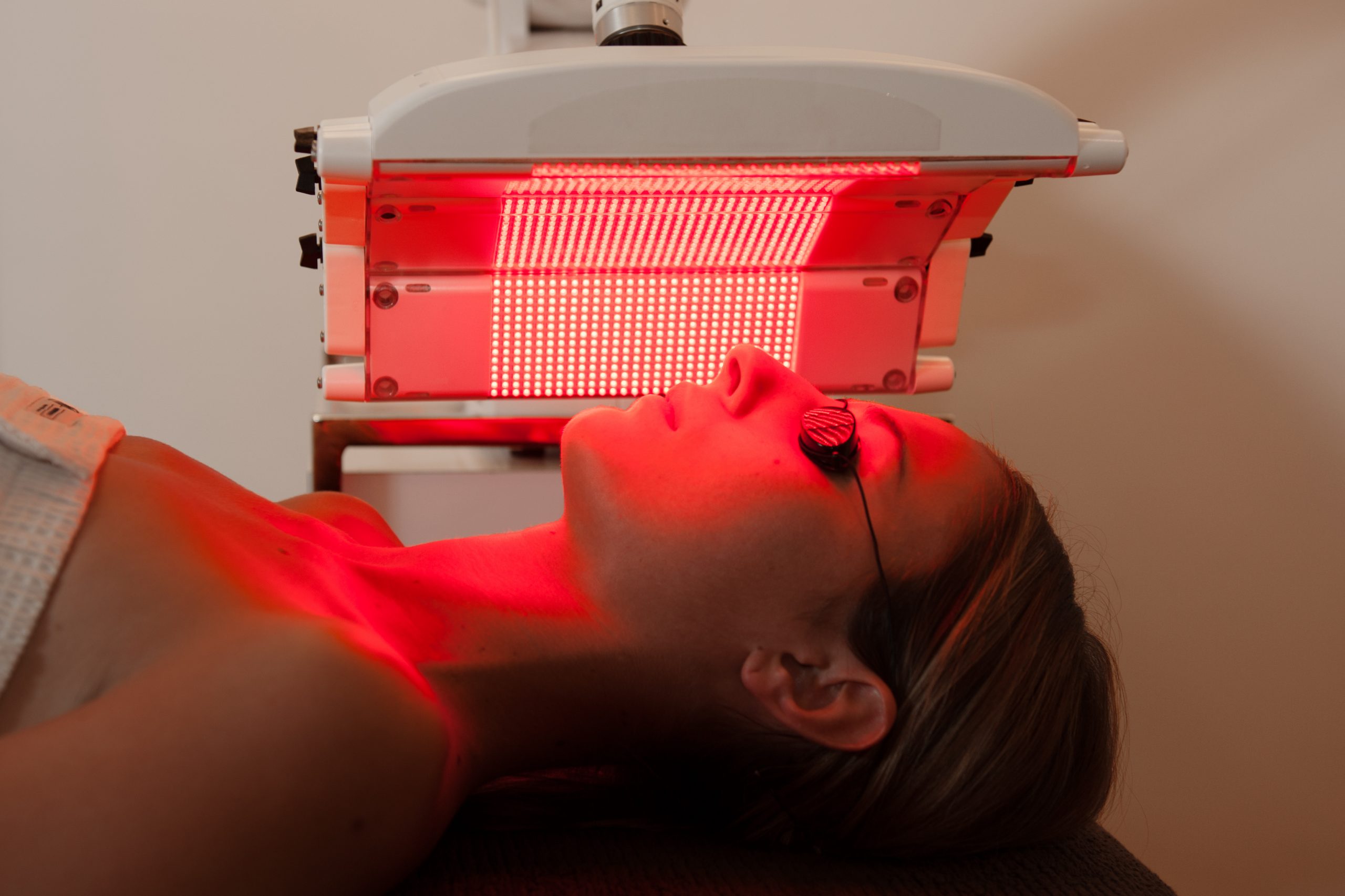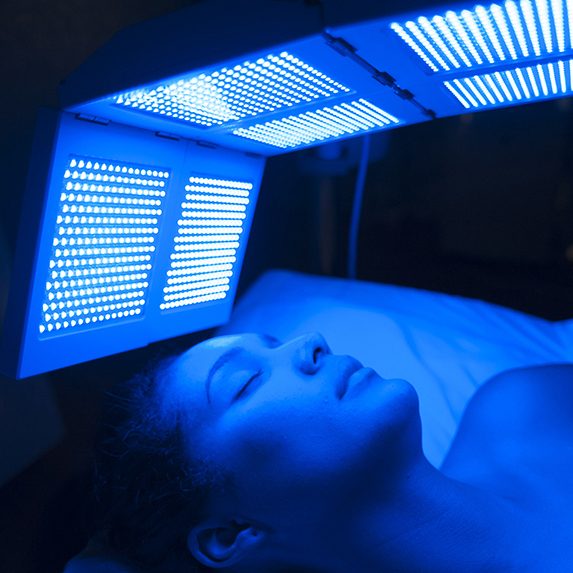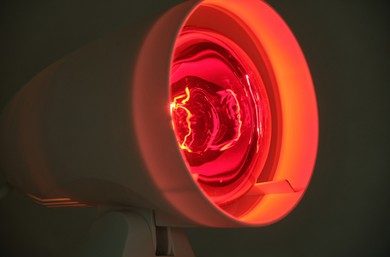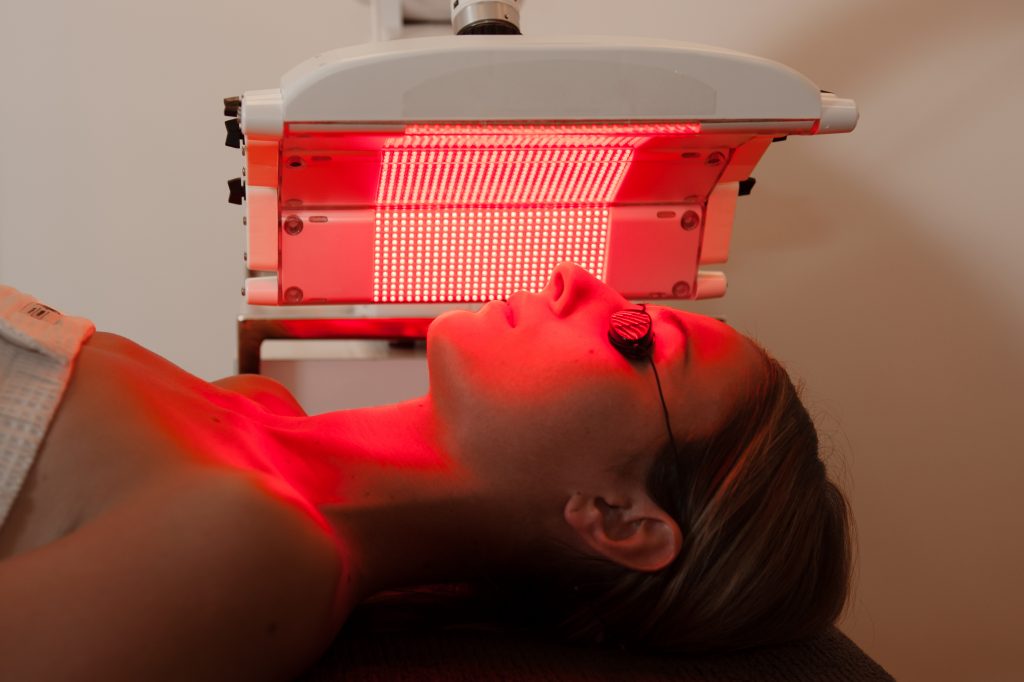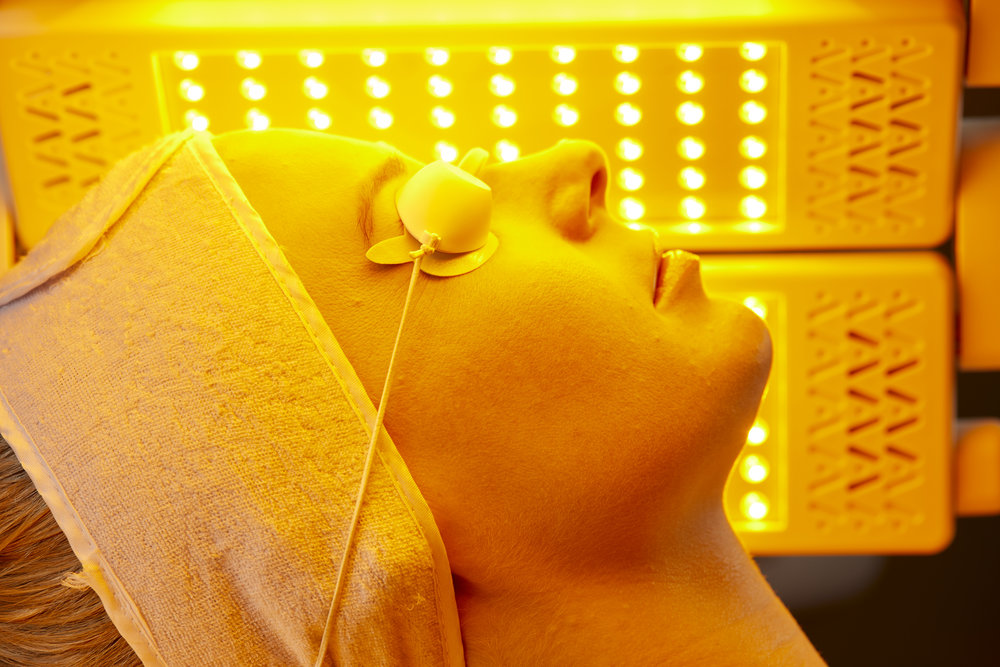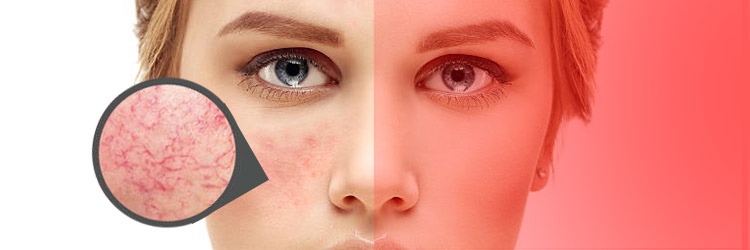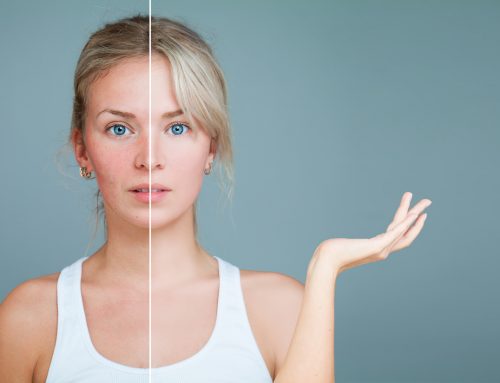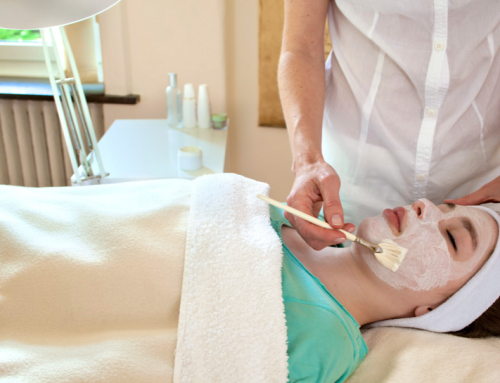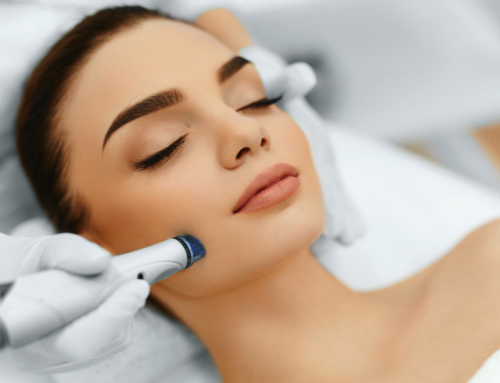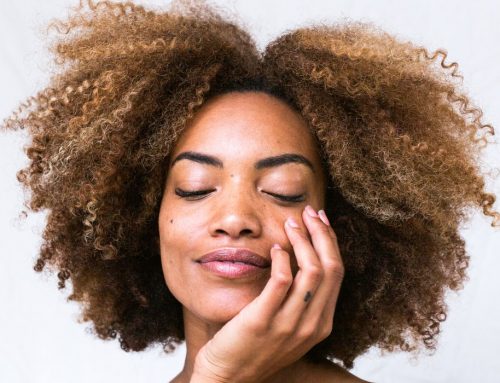How can LED Light Therapy help your skin?
Anyone interested in skin care and skin rejuvenation would have heard of LED light therapy. But there are a lot of misconceptions around this skin treatment and how it works. Read along to find out if LED light therapy is right for you and how it can help your skin.
What is LED Light Therapy?
A common misconception is that LED Light Therapy uses the same ultraviolet light as Sunbeds -this is incorrect. It uses a variety of wavelengths and colours to produce light of very low strength that does not damage the skin in any way.
Light treatments were originally used to reduce post-surgery scars and improve wound healing time. Now they are more commonly seen in skincare routines to treat pigmentation, acne, signs of ageing and redness.
Which LED treatment is best for my skin?
The colour of the light used for your treatment will depend on the skin concerns you have, these are:
–Blue Light
– Red Light
– Yellow Light
Blue Light Therapy
Blue light is used to treat skin conditions caused by bacteria, which is why it is a great addition to your skincare routine if you suffer from acne or oily skin. It targets the oil glands in the skin, near hair follicles, killing off bacteria and decreasing the glands activity. Reducing the number of breakouts and the appearance in severe cases of acne.
Red Light Therapy
The most widely known low-level light therapy, commonly used to treat fine lines and wrinkles. The infrared light helps increase the production of collagen in the upper and lower layers of skin. This treatment doesn’t remove wrinkles, like invasive surgery. Instead, the increased collagen helps to plump up the skin, giving it a smoother appearance. Red Light Therapy can be used to target smaller areas, like the face and neck, or larger areas of the body. Successfully treating aesthetic issues that cause lack of body confidence such as stretch marks, or more severe medical skin conditions like psoriasis.
Recent studies have shown positive results in minimising the appearance of scars on burn victims, most success being shown in the early stages of healing, with some patients seeing healing time reduced by up to 50%!
With Australia having the highest UV levels compared to other countries, one of the main skin complaints is pigmentation from over exposure to sun caused by frequently being
sunburnt. Red Light Therapy helps to reduce sunspots and fine lines by increasing the elasticity in the skin through increased collagen production. It also helps in increasing the skin’s brightness, by lowering melatonin levels in dark spots.
If you suffer from severe acne, treatment can be more effective if you combine both red and blue light therapy. These two are effective together as they target the pigmentation and scarring caused by acne, and reduce the bacteria causing cysts.
__
Did you know?
The technology was created by NASA to help grow plants in space, then later found to have rejuvenation properties.
__
Yellow Light Therapy
Yellow (also known as amber light) focuses on the top layer of the skin, with the light not penetrating as deep as either blue or red-light therapy. It helps to decrease the redness in the skin caused by rosacea, which can vary from slight red patches to covering the nose, cheeks, and forehead.
The yellow light increases the removal of unwanted toxins in the skin, reducing inflammation to leave the skin looking brighter. It focuses on the top layer of the skin, most affected by sun and environmental damage. The increased blood flow helps to trigger the rejuvenation of cells which reduces the appearance of wrinkles, giving a youthful glow.
Everyone’s skin rejuvenates at different rates and reacts to treatment differently, meaning results will vary. Depending on the severity of your skin concerns you may need more treatments to achieve your desired results.
To improve your skin’s appearance, book a LED Light Therapy treatment today!

